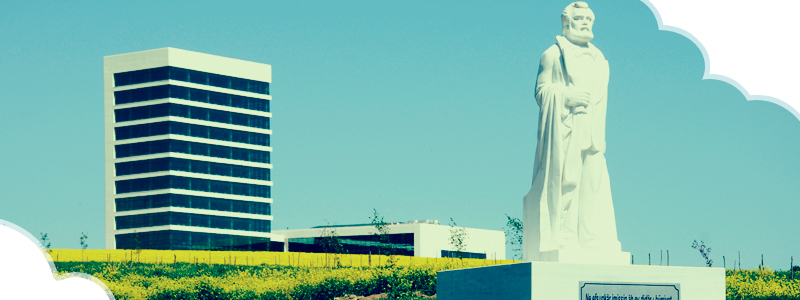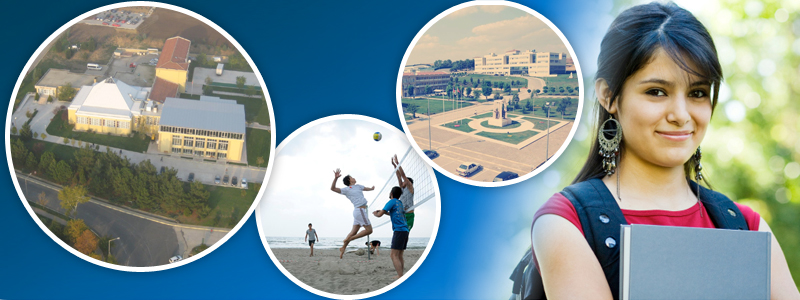| Teaching Methods | Teaching Methods
Teaching methods are determined so as to improve skills, such as teaching-learning strategies, self-discipline, life-long learning, observation, sharing knowledge, presentation, critical thinking, teamwork, effective use of informatics.
Moreover, the choice of teaching methods pays heed to supporting students with different skills. The teaching methods used in the program are listed below*:
|
TEACHING METHODS*
|
LEARNING ACTIVITIES
|
MEANS
|
|
Course
|
Listening and interpretation
|
Standard classroom technologies, multimedia devices, projector, computer, overhead projector
|
|
Discussion Course
|
Listening and interpretation, observation/situation handling, critical thinking, question development
|
Standard classroom technologies, multimedia devices, projector, computer, overhead projector
|
|
Special Support / Structural Examples
|
Special skills planned beforehand
|
|
|
Case Study
|
Special skills planned beforehand
|
|
|
Brainstorming
|
Listening and interpretation, observation/situation handling, critical thinking, question development, team work
|
Standard classroom technologies, multimedia devices, projector, computer, overhead projector
|
|
Small Group Discussion
|
Listening and interpretation, observation/situation handling, critical thinking, question development
|
Standard classroom technologies, multimedia devices, projector, computer, overhead projector
|
|
Seminar
|
Research – lifelong learning, writing, reading, informatics, listening and interpretation, management skills
|
Standard classroom technologies, multimedia devices, projector, computer, overhead projector, special equipment
|
|
Group Study
|
Research – lifelong learning, writing, reading, informatics, critical thinking, question development, management skills, team work
|
|
|
Field / Land Study
|
Observation / situation handling, research – lifelong learning, writing, reading
|
|
|
Laboratory
|
Observation/situation handling, informatics, management skills, team work
|
Special equipment
|
|
Homework
|
Research – lifelong learning, writing, reading, Informatics
|
Internet database, library database, e-mail
|
|
|
|
|
|
|
|
|
|
|
|
|
|
|
|
|
|
|
|
|
*One or more of the listed methods can be used depending on the specificity of the course.
|
Program Outcomes
1-Ability of experimental design, making experiment, data collection, result analysis and interpreting the results
2-Ability to develop strategies and implementation plans in the field of Agricultural Biotechnology and to evaluate the obtained results
3-Ability to take into account and apply scientific, social and ethical values at the stages of collection, interpretation, announcement of data related to the field of Agricultural Biotechnology
4-Ability of improvement of knowledge on Agricultural Biotechnology area with scientific methods and implementation of restricted data and usage of imperfect knowledge
5-Ability of analyzing and solving problems, using of theoretical and practical knowledge and engineering solutions in Agricultural Biotechnology area
The ability to analyze a problem in the field of Agricultural Biotechnology, to produce a solution, to use theoretical and applied knowledge in these fields with engineering solutions, to compare, evaluate and apply existing methods
6-Ability of using of the knowledge and solutions obtained in Agricultural Biotechnology area in multidisciplinary works
7-Ability of conveying information about new technologies and researches to the concerned groups using different methods
8-Taking responsibility and finding solutions in unusual situation in Agricultural Biotechnology area
9-Ability of choosing essential techniques and equipments for engineering applications and usage of these
10-Ability of practicing and evaluating the knowledge obtained from Agricultural Biotechnology degree, improvement and investigating the details this knowledge using scientific researches
11-Ability to identify, define and solve Agricultural Biotechnology problems; for this purpose, the ability to choose and apply appropriate analytical methods
|









